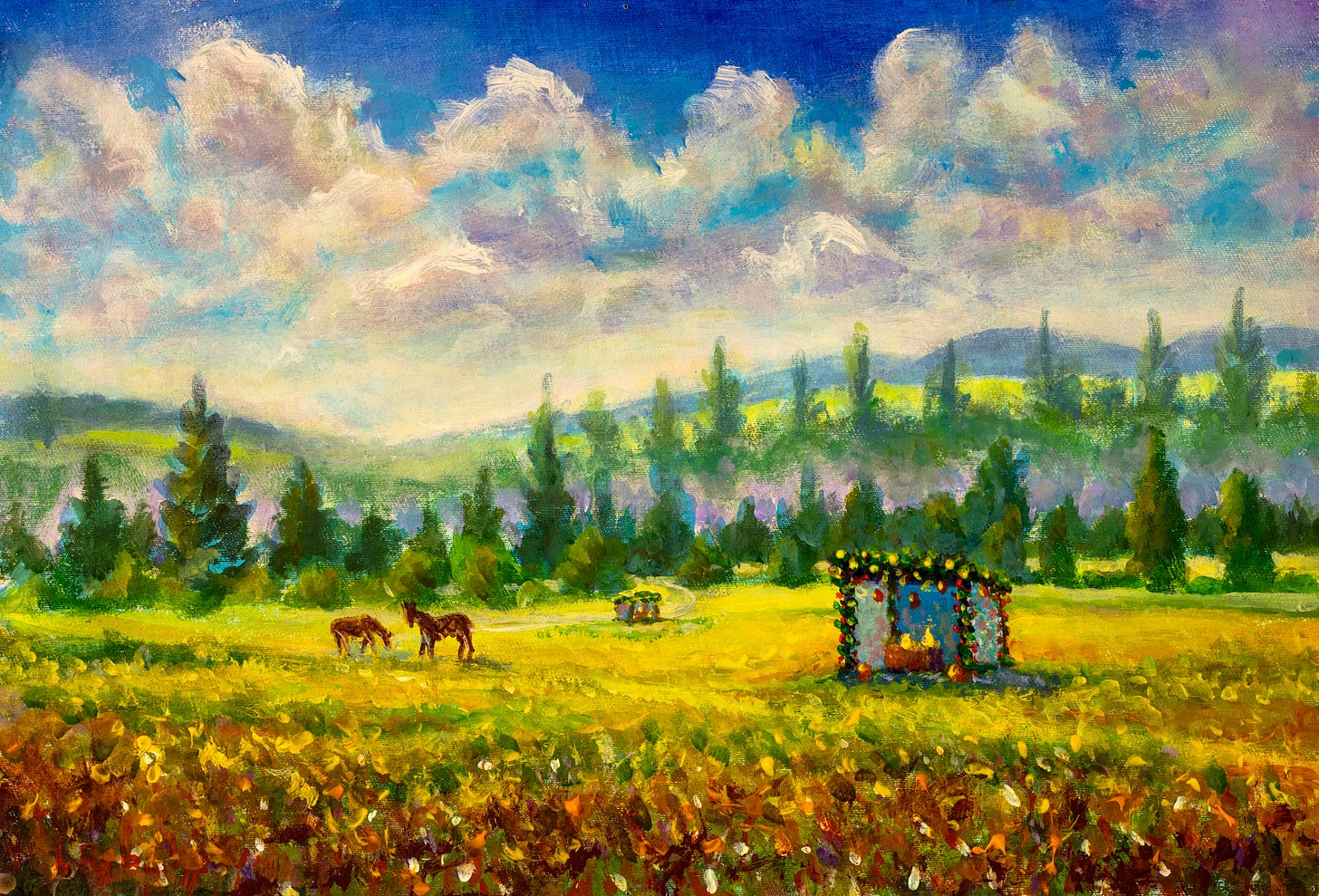The Paradox of Sukkos
A new understanding of Sukkos from the perspective of Koheles
Sukkos is a time of Simcha. Coming on the heels of the Yemei HaDin and marking our deep bonds with Hashem, we celebrate. One of the unique events that would take place over Sukkos was Hakhel. This only happened every seven years, on the Sukkos following Shemitta. Everyone would gather at the Beis haMikdash and the king of Israel would read Sefer Devarim from the Sefer Torah of Moshe Rabbeinu.
Hakhel's purpose was not only to teach the content of the Torah, but to cause Bnei Yisrael to internalize its words.
The experience of standing in awe as the king recites the words of Hashem, of trembling in fear as the holy words reach one's ears, will ultimately bring the participant to fear Hashem - a feeling which is meant to last for the next seven years.
Targum1 teaches us, and this is echoed in the meforshim2 that during Hakhel, Shlomo HaMelech had a prophecy. He saw that one day, there will be no Hakhel ceremony. The Jewish people will not be in their land. We will no longer have the Beis Ha…




